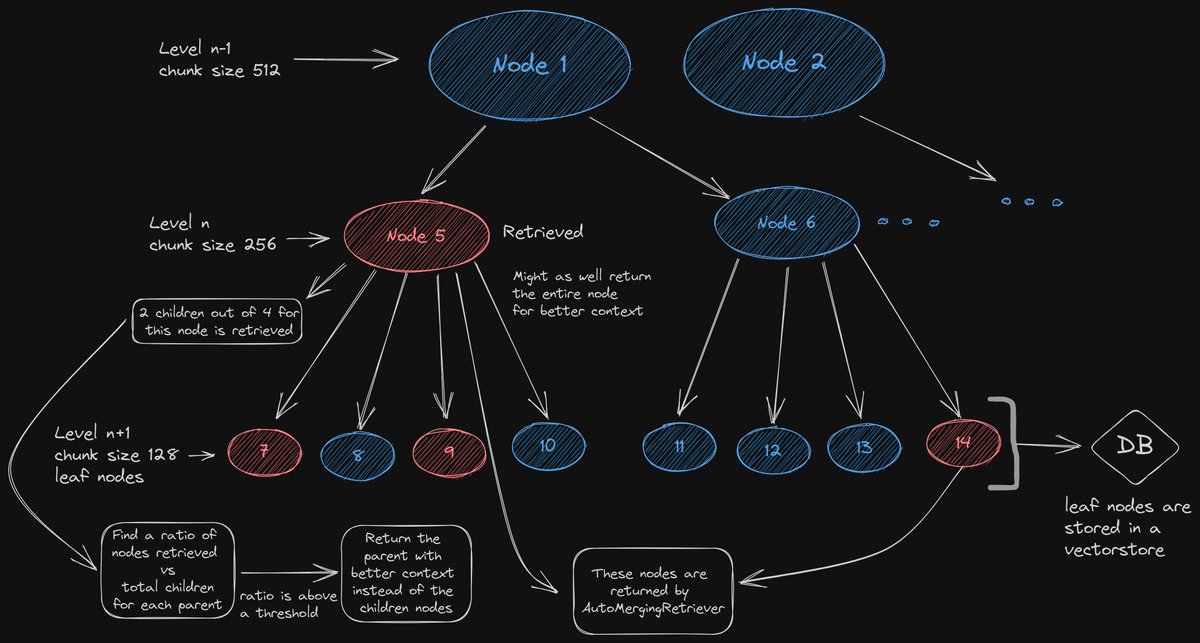
Professional AI Engineer.
Sharing what I'm currently learning, mostly about AI, LLMs, RAG, building AI powered software, AI automation etc.
How to get URL link on X (Twitter) App




 @LoganMarkewich @llama_index Passage and sentence based retrieval has their limitations.
@LoganMarkewich @llama_index Passage and sentence based retrieval has their limitations.

 @llama_index @Redisinc We need to pass the following arguments to the ingestion pipeline:
@llama_index @Redisinc We need to pass the following arguments to the ingestion pipeline:
 @llama_index First let’s start with some simple stuff.
@llama_index First let’s start with some simple stuff.

 @llama_index For adapters, we pull apart every single layer of the transformer and add randomly initialized new weights.
@llama_index For adapters, we pull apart every single layer of the transformer and add randomly initialized new weights.
 @llama_index First we load the documents.
@llama_index First we load the documents.

 @llama_index Finetuning means updating the model weights themselves over a set of data corpus to make the model work better for specific use-cases.
@llama_index Finetuning means updating the model weights themselves over a set of data corpus to make the model work better for specific use-cases.
 Architecture:
Architecture:

 The first step here is parsing via the HierarchicalNodeParser.
The first step here is parsing via the HierarchicalNodeParser.
 @LangChainAI ParentDocumentRetriever automatically creates the small chunks and links their parent document id.
@LangChainAI ParentDocumentRetriever automatically creates the small chunks and links their parent document id.https://twitter.com/1355239433432403968/status/1691143792831639556

 The issue:
The issue: